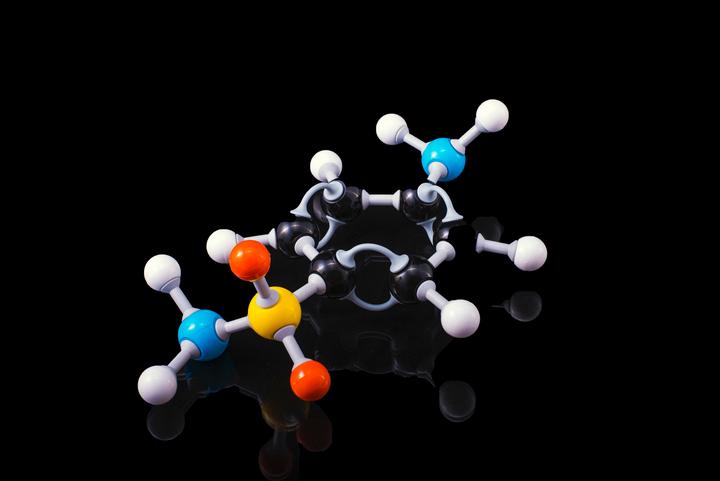Graph Neural Network Tool for Predicting Physico-Chemical Properties of Molecules

Prediction of combustion-related properties of (oxygenated) hydrocarbons is an important and challenging task for which quantitative structure-property relationship (QSPR) models are frequently employed.
Recently, a machine learning method, graph neural networks (GNNs), has shown promising results for the prediction of structure-property relationships. GNNs utilize a graph representation of molecules, where atoms correspond to nodes and bonds to edges containing information about the molecular structure. More specifically, GNNs learn physicochemical properties as a function of the molecular graph in a supervised learning setup using a backpropagation algorithm. This end-to-end learning approach eliminates the need for the selection of molecular descriptors or structural groups, as it learns optimal fingerprints through graph convolutions and maps the fingerprints to the physicochemical properties by deep learning. We develop GNN models for predicting three fuel ignition quality indicators, i.e., the derived cetane number (DCN), the research octane number (RON), and the motor octane number (MON), of oxygenated and nonoxygenated hydrocarbons.
How do use the software?
Online tool
You can also run the code via our free web frontend avaibale here.
Open-source code
This is the source code for the paper Graph Neural Networks for Prediction of Fuel Ignition Quality [Schweidtmann et al., 2020].